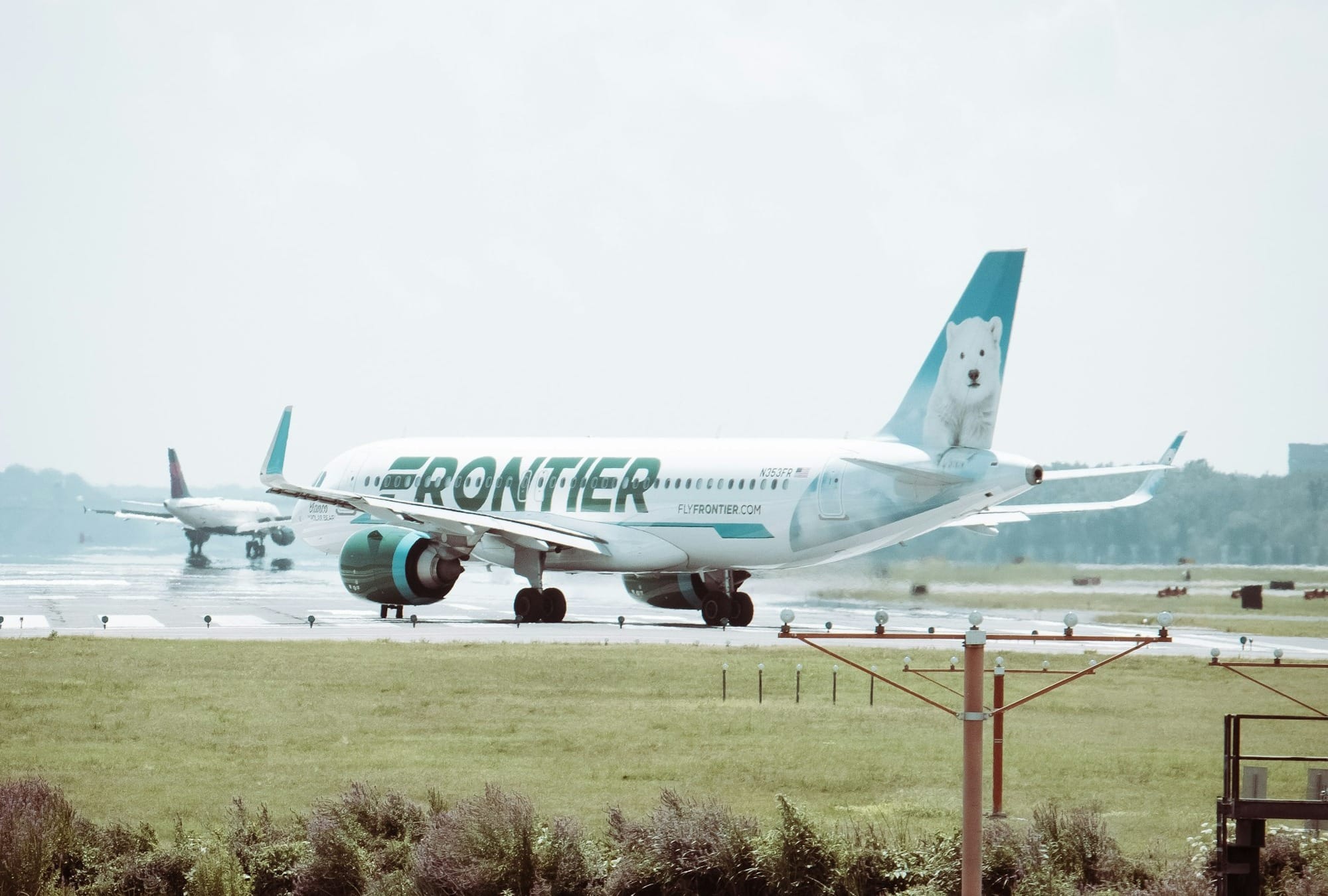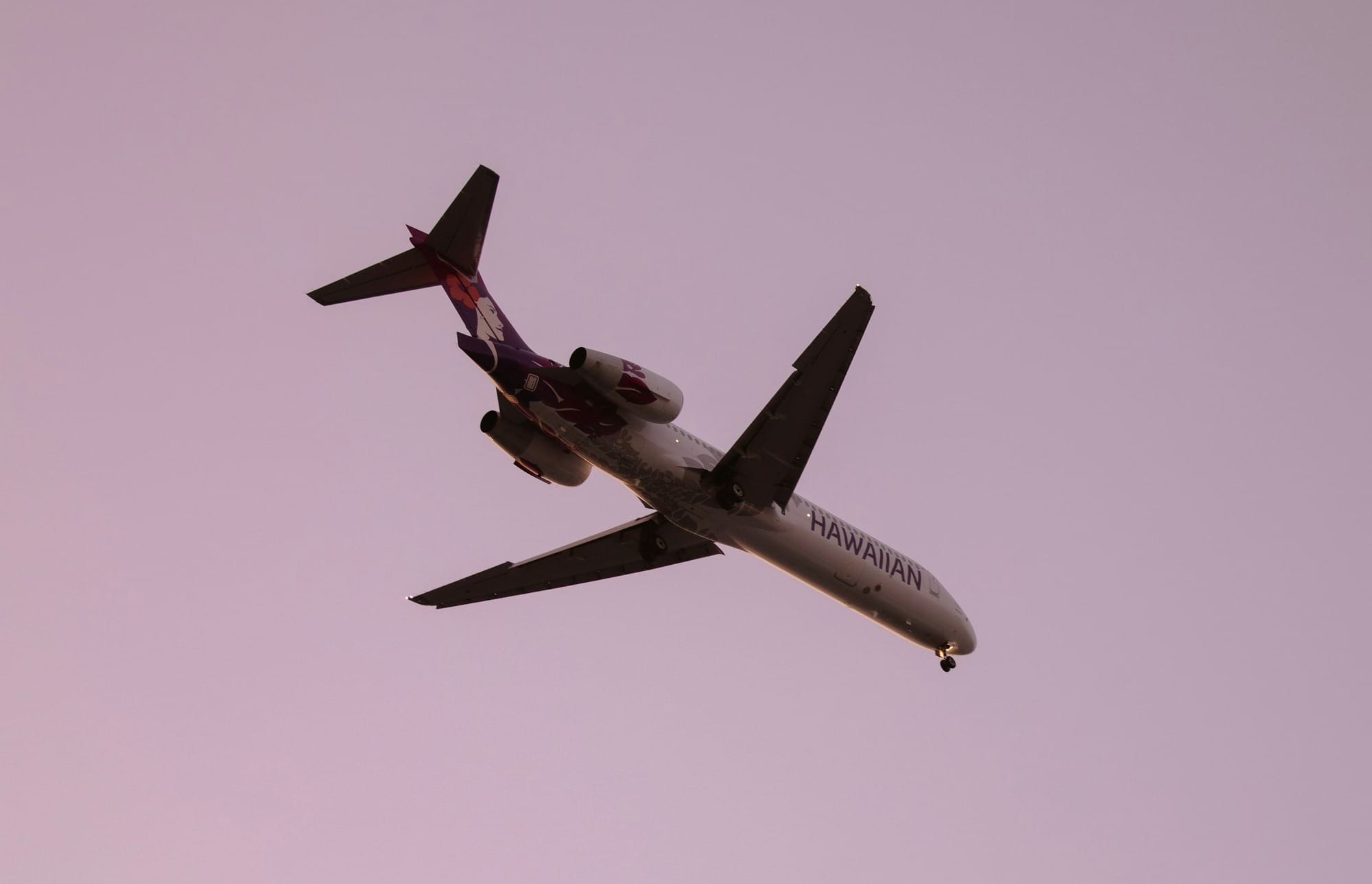European Union Aviation Safety Agency (EASA): Strategic Priorities for Aviation Safety
The European Union Aviation Safety Agency (EASA) has recently published the 2024 edition of the European Plan for Aviation Safety (EPAS), a key document that outlines the strategic priorities and actions for enhancing aviation safety in the region.


European Union Aviation Safety Agency (EASA): Strategic Priorities for Aviation Safety
Key Takeaways:
- The European Plan for Aviation Safety (EPAS) 2024 edition has been published by EASA, setting forth the strategic priorities for aviation safety in the EU.
- The EPAS is a comprehensive document that guides the safety work of EASA and its partners for a five-year period.
- The 2024 edition of EPAS emphasizes the importance of sustainability, digitalization, and resilience in the aviation sector.
The European Union Aviation Safety Agency (EASA) has recently published the 2024 edition of the European Plan for Aviation Safety (EPAS), a key document that outlines the strategic priorities and actions for enhancing aviation safety in the region. This comprehensive plan serves as a roadmap for EASA and its partners, detailing the safety work to be carried out over a five-year period. The EPAS 2024 edition highlights several critical areas, including sustainability, digitalization, and the need for resilience in the face of challenges such as climate change and evolving security threats.
Introduction to EASA and EPAS
The European Union Aviation Safety Agency (EASA) is the centerpiece of the European Union's strategy for aviation safety. Its mission is to ensure the highest common level of safety protection for EU citizens, as well as to ensure a high level of environmental protection. The European Plan for Aviation Safety (EPAS) is a strategic framework that outlines the safety priorities, the risk mitigation strategy, and the main actions to be taken to improve aviation safety in Europe.
The EPAS is updated annually to reflect the latest developments and to ensure that the safety actions remain relevant and effective. The 2024 edition of EPAS is the latest iteration, which continues to build on the foundation of its predecessors while also addressing new challenges and opportunities in the aviation industry.
Advertising
Strategic Priorities in the 2024 EPAS
The 2024 edition of EPAS has identified several strategic priorities that are crucial for the advancement of aviation safety in the European Union. These priorities are designed to address current and emerging risks, enhance the efficiency and effectiveness of the aviation safety system, and ensure that European aviation continues to be a global leader in safety standards.
Among these strategic priorities are the integration of new technologies, the management of safety risks, the promotion of a positive safety culture, and the improvement of international cooperation. Each priority is accompanied by specific actions and objectives that EASA and its partners will pursue over the next five years.
Emphasis on Sustainability and Environmental Protection
Sustainability has become a central theme in the 2024 EPAS, reflecting the growing recognition of the aviation industry's impact on the environment. EASA is committed to reducing aviation's carbon footprint and promoting practices that contribute to environmental protection.
The EPAS outlines actions to support the development and implementation of sustainable aviation fuels, the advancement of electric and hybrid propulsion technologies, and the optimization of air traffic management to reduce emissions. These initiatives are aligned with the European Green Deal and the goal of making Europe the first climate-neutral continent by 2050.

Advertising
Digitalization and Innovation in Aviation
Digitalization is another key focus area in the 2024 EPAS. The rapid advancement of digital technologies offers significant opportunities to enhance aviation safety through improved data analysis, real-time monitoring, and predictive maintenance.
EASA plans to foster innovation by supporting the integration of artificial intelligence, unmanned aircraft systems, and other emerging technologies into the aviation ecosystem. The EPAS also emphasizes the importance of cybersecurity, ensuring that the digital transformation of aviation does not compromise safety or security.
Enhancing Resilience Against Emerging Threats
The aviation industry faces a range of emerging threats, from cyberattacks to the effects of climate change. The 2024 EPAS recognizes the need for the industry to be resilient and adaptable in the face of these challenges.
EASA's actions include developing robust safety management systems, promoting research into the effects of climate change on aviation, and enhancing the industry's ability to respond to and recover from disruptive events. Building resilience is essential for maintaining the safety and continuity of aviation operations.
Strengthening Safety Management and Culture
A strong safety culture and effective safety management are fundamental to achieving high levels of aviation safety. The 2024 EPAS places a strong emphasis on these aspects, encouraging organizations to adopt proactive safety management practices.
EASA aims to support the industry in developing safety management systems that are data-driven and performance-based. The Agency also advocates for the promotion of a just culture, where employees are encouraged to report safety concerns without fear of retribution.

International Cooperation and Harmonization
Aviation is a global industry, and international cooperation is key to advancing safety standards worldwide. The 2024 EPAS highlights the importance of harmonizing safety regulations and practices across different regions and countries.
EASA will continue to work closely with international partners, such as the International Civil Aviation Organization (ICAO) and other national aviation authorities, to promote the adoption of common safety standards and to facilitate the exchange of safety information and best practices.
Training and Competence Development
Ensuring that aviation professionals have the necessary skills and knowledge is critical for maintaining safety. The 2024 EPAS addresses the need for continuous training and competence development in the face of a rapidly evolving industry.
EASA will support initiatives aimed at enhancing the training of pilots, air traffic controllers, maintenance personnel, and other key professionals. The Agency also recognizes the importance of attracting new talent to the industry and will promote careers in aviation through various outreach programs.
Oversight and Compliance Monitoring
Effective oversight and compliance monitoring are essential components of a robust aviation safety system. The 2024 EPAS outlines actions to improve the oversight capabilities of EASA and national aviation authorities.
The plan includes measures to enhance the use of risk-based oversight methods and to ensure that compliance monitoring is efficient and effective. EASA will also leverage data and analytics to identify trends and target oversight activities where they are most needed.
Addressing Specific Safety Risks
The 2024 EPAS identifies specific safety risks that require targeted actions. These include the safe integration of drones into airspace, the management of runway safety, and the prevention of loss of control in-flight incidents.
EASA will work with industry stakeholders to develop and implement strategies to mitigate these risks. This may involve the introduction of new regulations, the development of guidance material, and the promotion of safety awareness campaigns.
Advertising



